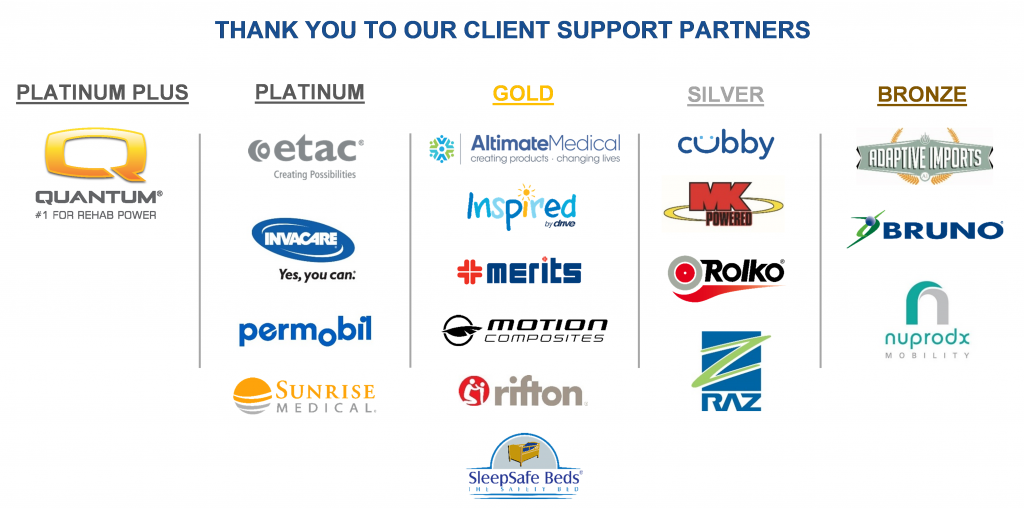Transportation of Children with Special Needs: Current Guidelines, Standards and Adaptive Equipment Options
0.1 CEU / OHPTA & OHOTA approved
Presented by:
Etac
This course reviews updates on current guidelines of transporting children with special needs per the 2019 American Academy of Pediatric Policy Statement. Various child restraint options including infant car beds, vests, car seats, and booster seats will be presented as options for infants and children with special needs including those with risk of airway obstruction, tracheostomy, muscle tone abnormalities, gastrointestinal issues, casts and challenging behavior. Case studies will be presented to reinforce clinical application of various restraints. Additionally, the importance and necessary components of hospital-based multi-disciplinary child passenger safety programs will also be discussed as a means to increase child safety and prevent delays in hospital discharges.
For children with disabilities who are unable to transfer from their wheelchair when traveling in motor vehicles, and the wheelchair serves as the vehicle seating system a thorough review of ANSI/RESNA and ISO safety standards and transit compliance will be presented. This includes selection of appropriate transit options for wheelchairs (WC19) and seating systems (WC20), as well as securing the wheelchair in the vehicle (WC18) using Wheelchair Tie-down and Occupant Restraint Systems (WTORS).
Are Adjustable Wheelchair Cushions Better?
0.1 CEU / OHPTA & OHOTA pending
Presented by:
Etac
Many consider adjustable wheelchair cushions to be the ultimate solution for clients at high risk of pressure injuries. However, they may not be fully aware of what defines an adjustable wheelchair cushion, how the technology works, and what it should accomplish when properly constructed, adjusted, and used. Every interaction between an individual and a different cushion is a unique result of those two specific variables at that point in time. Can you know whether a specific adjustable cushion can be properly adjusted for any individual’s seating needs without trialing it first? Further, can you determine the proper adjustment prior to trial? Over time, will the adjustable characteristics of the cushion be able to accommodate changes in clients’ needs? Should a good adjustable cushion offer the adjustment needed to properly fit at initial issue, as well as the ability to adjust as an individual’s needs change?
Power of Access
0.2 CEUs / OHPTA & OHOTA approved
Presented by:
Invacare/ASL
Explain the difference between proportional/digital components. We will highlight electronic and mechanical switches and the thoughts for considerations for movement when using these. We will also demonstrate controlled and supportive seating and positioning.


